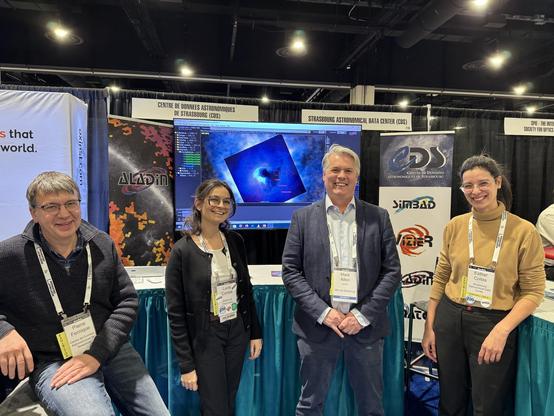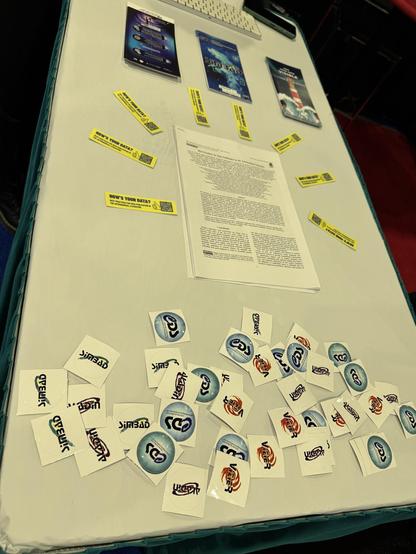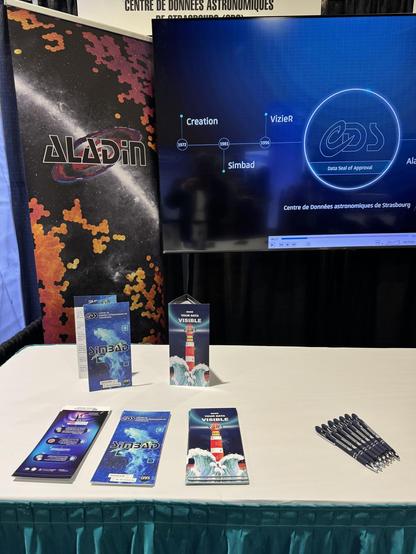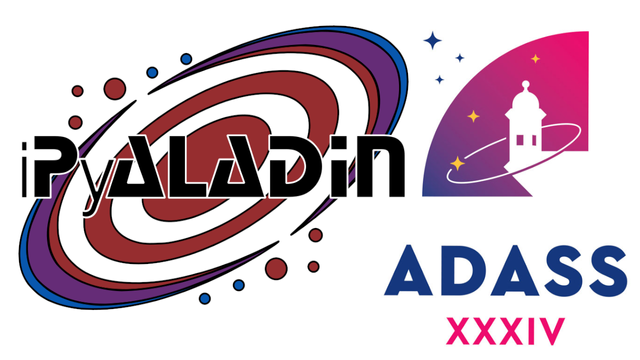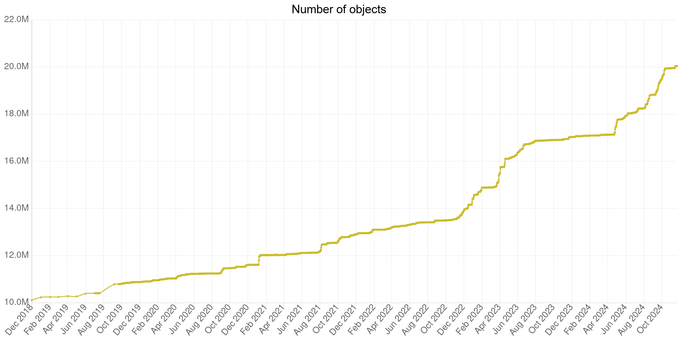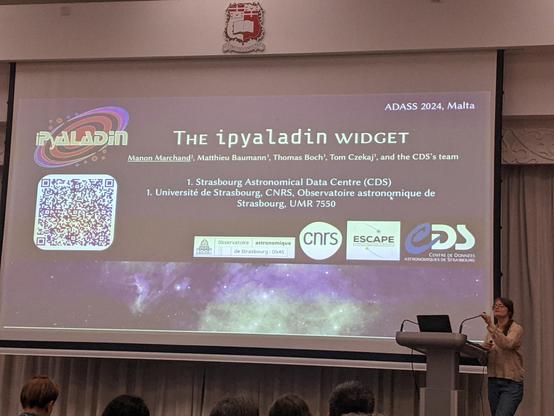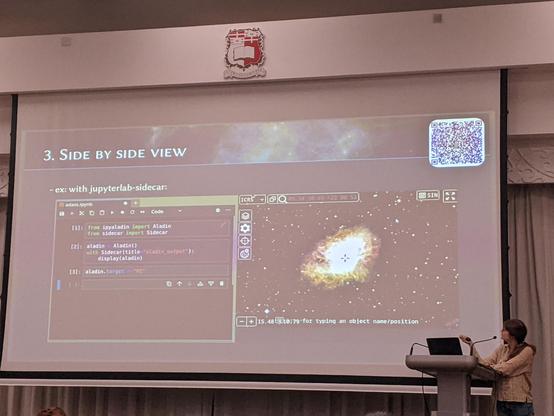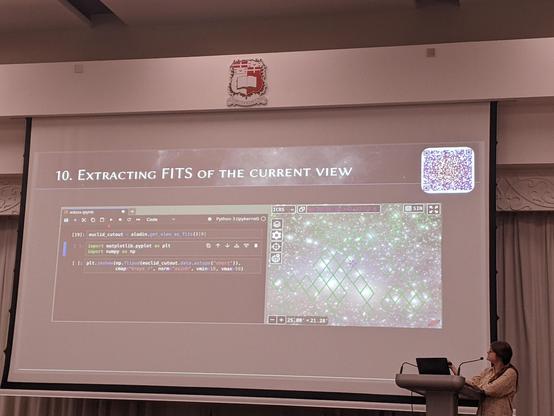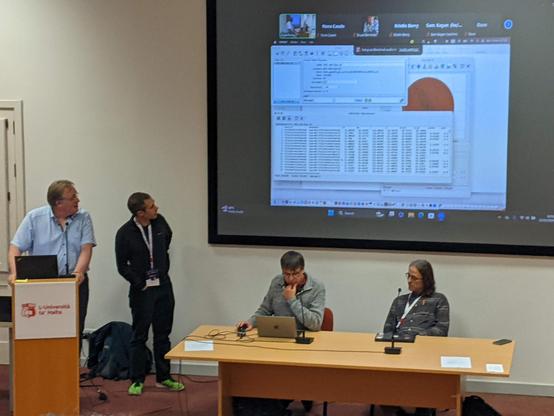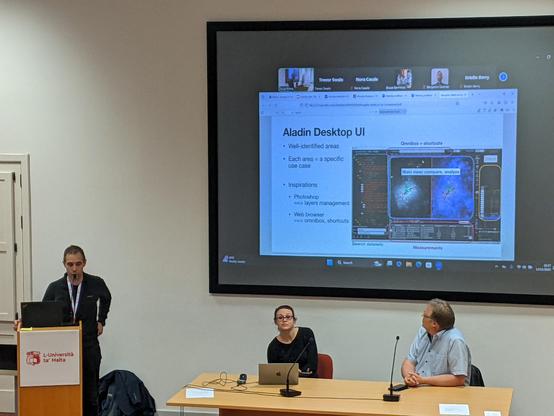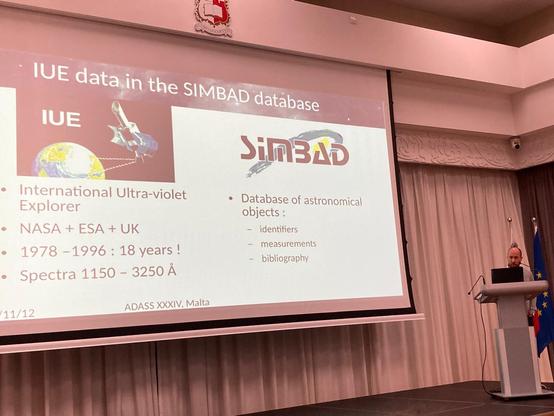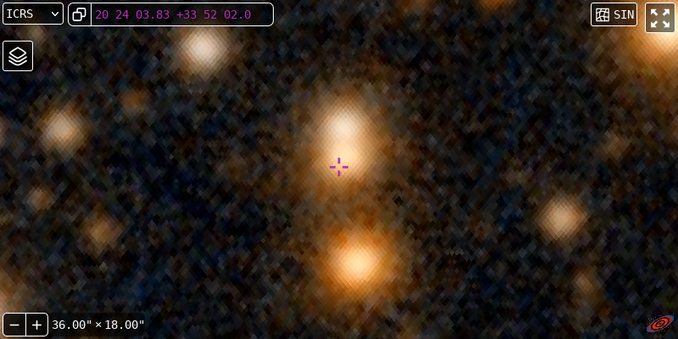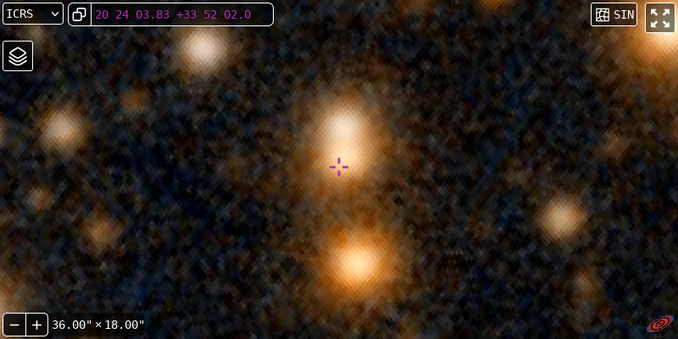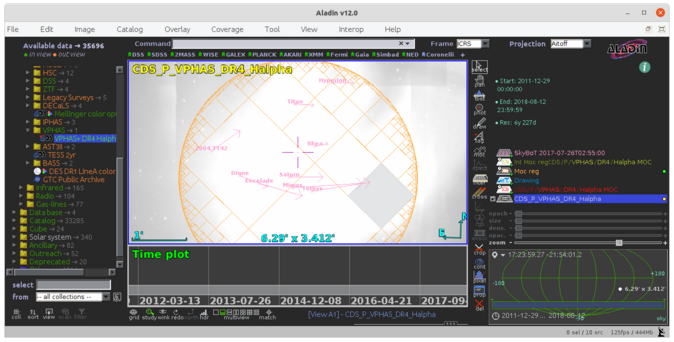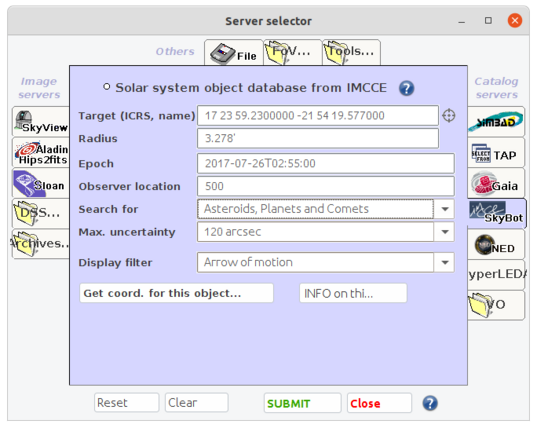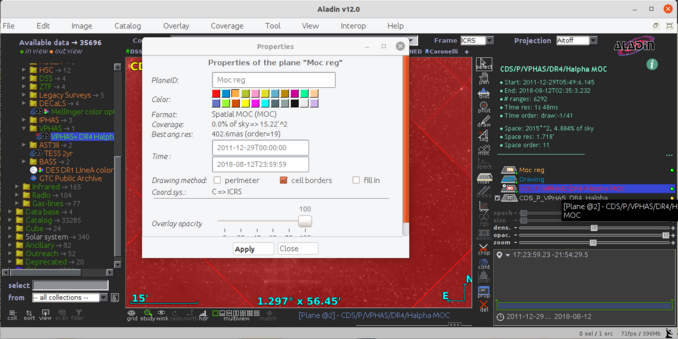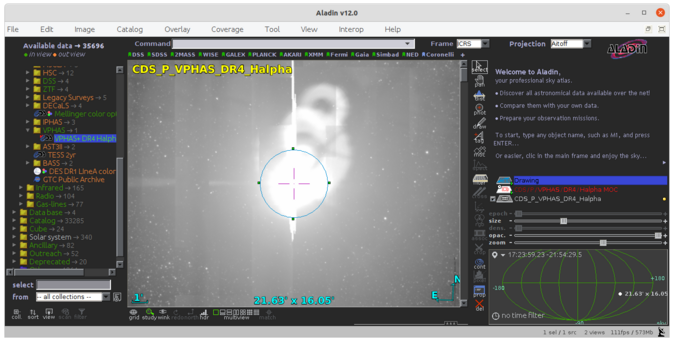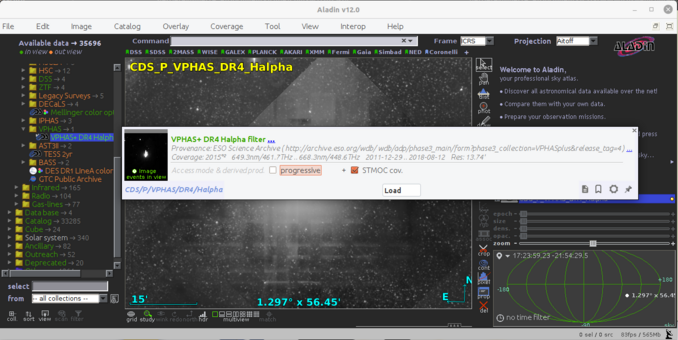CDS is participating in the American Astronomical Society meeting #AAS245 in National Harbour, Maryland USA. Come by the booth for a demo of the latest features in CDS services!
Strasbourg astronomical Data Centre (CDS) is dedicated to the collection and worldwide distribution of astronomical data and related information.
If you missed Manon Marchand's recent #ADASS2024 talk on #iPyaladin, you can access it from here !
https://youtu.be/E98vouSlbU4
The number of objects in SIMBAD has passed the 20 million milestone !
https://cds.unistra.fr/blog/2024/11/25-simbad-20-million/
Final day of #ADASS2024 : Manon Marchand (CDS) is presenting the #ipyaladin widget.
Don't hesitate to try it, and send feedback !
https://github.com/cds-astro/ipyaladin/
After Mark Taylor (TOPCAT developer) used Aladin Desktop, Pierre Fernique (Aladin Desktop developer) uses TOPCAT in front of the audience during the "Usability and User Experience in astronomical Software" BoF in #ADASS2024 #astronomy
On Wednesday, Thomas Boch is presenting during the #ADASS2024 BoF on Usability and User Experience in astronomical Software, together with Fenja Schweder and Kai Polsterer. #astronomy
CDS is actively participating in the #ADASS2024 conference in Malta this week. On Tuesday, Sébastien Derriere presented work on improving links between the IUE observation log and the SIMBAD database.
Pooja Sharma made a video version of the tutorial that was given at the IAU 2024 "VO workshop for African astronomers" side-event. It is available on YouTube (https://youtu.be/2dC1R7PnuU4) and POD (https://pod.unistra.fr/video/57005-introduction-to-the-main-cds-services/)
When a serendipitous discovery with #AladinLite leads to a Nature paper !
https://astro.unistra.fr/en/2024/10/30/serendipitous-discovery-with-aladin-lite/
Une découverte fortuite de collègues américains avec l'outil #AladinLite du @CDSportal
https://astro.unistra.fr/fr/2024/10/30/decouverte-fortuite-avec-aladin-lite/
🟢 💻 The network maintenance is over, and all CDS services should be accessible as usual as of 6am UTC today. Let us know if you still see anything not working !
⚠️ 🛠️ On 2024 June 24, between 5am and 6am UTC (7am-8am CEST), network maintenance will take place. All CDS services hosted at Strasbourg will be down during this maintenance.
https://cds.unistra.fr/news/2024/06/20-service-outage/
CDS is hiring for a 2 years Postdoctoral position to work within the CDS team on a major renewal of the CDS #VizieR Associated Data service.
https://cds.unistra.fr/news/2024/05/13-postdoctoral-position/
Our mystery object was Saturn (and its moons) !
Can you find the other location in the VPHAS DR4 survey where Saturn was also observed ? (with a different date and location, of course)
Let us know if you find this format of mini tutorials in threads useful !
[12/12]
The intersection spans only a few minutes of time, on 2017-07-26, between 02:52:50 and 02:58:23.
We can use the IMCCE SkyBot tool (`Ctrl+L > IMCCE SkyBot` tab on the right), enter the median date and time and search for solar system objects around these coordinates at the time of the observations.
[11/12]
Compute the intersection of the two STMOCs from the menu `Coverage > Logical operations...`, select the two STMOCs and CREATE the intersection in space and time.
[10/12]
In the properties of this new MOC (Moc reg), add a Time range corresponding to that of the VPHAS DR4 : 2011-12-29T00:00:00 - 2018-08-12T23:59:59.
[9/12]
With the "phot" tool, select the region around the mystery source, and convert this selection into a MOC with `Coverage > Generate a spatial MOC based on... > The selected drawing object`.
[8/12]
Select the VPHAS HiPS plane, and load its STMOC coverage. This is the space-time coverage description of the VPHAS survey, describing when each image used in the HiPS was observed.
[7/12]
